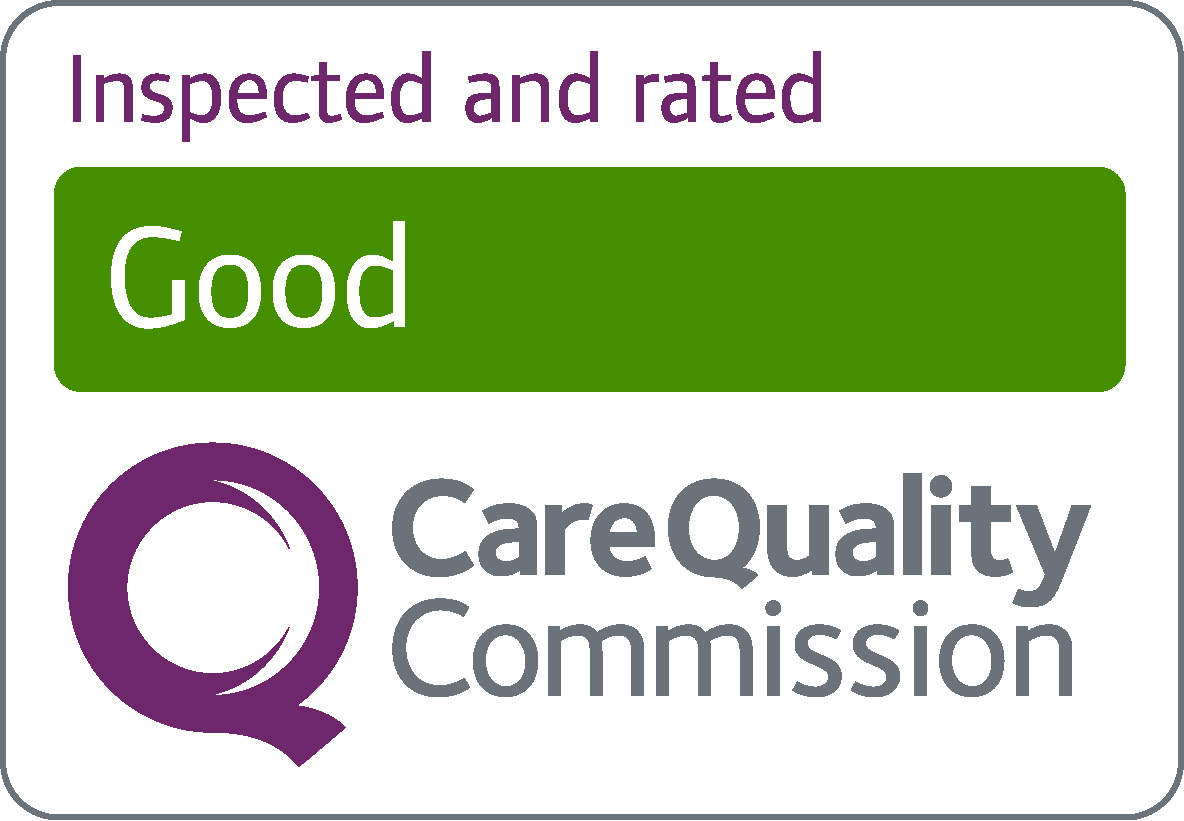Investment in addiction treatment needed more than ever in spite of COVID-19

on 13 May 2020
We want to shine a light on the need for continued investment in drug and alcohol addiction treatment and prevention.
With the financial difficulties created by COVID-19 public services budgets will be under even more pressure than before, but drug and alcohol treatment cannot fall down the priority list.
The job insecurity, stress and anxiety of lockdown, may well have intensified drug and alcohol issues for many people and help is needed now more than ever.
Due to it being one of the closest cities to Delamere, an area of acute addiction issues, as well as being home to our founder Martin Preston, we have carried out some specific research into the current drug and alcohol issues facing Manchester.

Martin said: “It’s easy for addiction treatment investment to be quietly cut because compassion for those addicted to drink and drugs remains low.
“It’s still a prevalent belief in society that people facing addiction issues are responsible for their own downfall and not as deserving of help as people facing other health issues.
“Many people also see addiction as something that only affects ‘other’ people. In reality, addiction affects everyone.”
Alcohol is recognised as the fifth biggest risk factor for death, ill health and disability in the UK, by Public Health England. For 15-49 year olds, it is the biggest risk factor.
The rate of alcohol related deaths in Manchester is 57.8 alcohol per 100,000 population, according to Public Health England. The national average rate is 46.5.
Between March 1 and April 17 2020 there were 36.2 deaths involving COVID-19 per 100,000 population in England and Wales, according to the Office for National Statistics.
All of Greater Manchester’s regions face their own drug and alcohol challenges. Our review of Public Health England and NHS Digital figures shows the big issues facing each region.

Manchester has the highest rated of alcohol related cancer in the country
Manchester has:
- the highest rates of alcohol related cancer in the country
- a drugs death rate that is 82% higher than national average
- ranked as below average on all key Public Health England indicators for alcohol harm and alcohol related deaths (appearing below the 50th percentile line in all cases)
- a comparatively good record on successful completion of alcohol treatment at 42.5% compared with a national average of 37.6%.
In Manchester, 799 years of life per 100,000 population due to alcohol related conditions in 2018 (the most recent annual count).
Bolton has the country’s second worst rates of successful drug treatment completion
Bolton is:
- ranked second worst in the country for drug treatment successful completion rates (for non opiate users), at 20%.
- fourth worst in the country for alcohol treatment successful completion rate, at 23%.
- rated to have the fifth worst alcohol death rate of all 23 areas in the North West, with 17.4 deaths per 100,000.
- ranked as below average on all key Public Health England indicators for alcohol harm and alcohol related deaths (appearing below the 50th percentile line in all cases).
In Bolton, 863 years of life were lost per 100,000 population due to alcohol related conditions in 2018.
High drug and alcohol death rates in Bury
Bury is:
- dealing with the 14th highest rate of deaths from drug misuse in the country, at 8.7 per 100,000 population, which is almost double that of the national average rate of 4.5. It’s the fourth worst figure in the North West region, topped only by Blackpool, Liverpool and Blackburn with Darwen.
- ranked as being among the worst in the country for alcohol specific deaths (falling below the 25th percentile line), with 14.5 deaths per 100,000 population compared to a national average of 10.8.
- dealing with more hospital admissions for alcohol related conditions than the national average, with 2,527 per 100,000 population compared to a national average of 2,367.
In Bury, 655 years of life were lost per 100,000 population due to alcohol related conditions in 2018.
Oldham has higher than average rates of hospital admissions for alcohol related illness
Oldham has:
- significantly higher than average hospital admissions for alcohol related conditions with 2,944 per 100,000 population, compared to an England wide figure of 2,367.
- the 4th worst rate of female mortality from chronic liver disease in England at 17.4 per 100,000 population. The England average is less than half of that at 8.5.
- The fifth worst rate in England of successful completion of drug treatment (for non-opiate users) at 20.5%. The national average being 34.4%.
In Oldham, 900 years of life were lost to alcohol related conditions in 2018. That’s the 15th highest level in the country and fifth highest in the North West.
Rochdale’s low rates of successful completion of alcohol and drug treatment
Rochdale has:
- the second worst rate of successful completion of alcohol treatment in the North West, at 27.4%. Only Bolton’s was worse.
- the second worst rate of successful completion of drug treatment for opiate users in the North West, at 3.4%. Again Bolton was worse. Rochdale is 9th worst in England on this measure.
- the 11th highest rate of alcohol related mortality in England.
A total of 890 years of life were lost in Rochdale to alcohol related conditions in 2018.
Salford has the country’s third highest rate of alcohol related hospital admissions
Salford has:
- the country’s third highest rate of hospital admissions for alcohol related admissions, with 3,693 per 100,000 population – a figure that is more than 50% higher than the national average of 2,367.
- the country’s third highest rate of hospital admissions for intentional self poisoning by exposure to alcohol, with 115.6 per 100,000 population, compared to a national average of 49.1.
- a drugs death rate that is 50% higher than the national average at 6.9 deaths per 100,000 population compared to 4.5 nationally.
- have a comparatively good record on successful completion of alcohol treatment at 45.9% compared with a national average of 37.6%.
In Salford, 739 years of life were lost to alcohol related conditions in 2018.
Stockport suffers higher than average alcohol-related hospital admissions
In Stockport there were:
- 33% more hospital admissions for alcohol specific conditions than the national average, at 830 per 100,000 population compared to an average of 626 for England.
- 34% more alcohol specific hospital admissions among under 18s than the national average, at 42.5 per 100,000 compared to an average of 31.6 for England
- a comparatively good record on successful completion of alcohol treatment at 43.7% compared with a national average of 37.6%.
In Stockport, a total of 675 years of life were lost in Stockport to alcohol related conditions.
Tameside among ten places in country that you’re most likely to die from an alcohol related cause
Tameside has:
- the 8th worst alcohol-related mortality rate in England
- the 6th largest rate of alcohol-related cancer in England with a rate of 45 per 100,000 population, compared with a national rate of 38
- the 6th lowest successful completion of alcohol treatment rate in the North West, at 31%
- the 4th worst rate of successful completion of drug treatment (for non opiate users) in the North West, at 24.6%.
A total of 875 years of life were lost in Tameside to alcohol related conditions in 2018.
Under 18s in Trafford are more likely to be admitted to hospital due to drinking than in many parts of the North West
Trafford has:
- the 8th highest rate in the North West of hospital admission episodes for alcohol specific conditions in under 18s, at 51 per 100,000 population compared with 31.6 across England.
- a higher than average rate of hospital admissions for alcohol related conditions, at 2,572 per 100,000, compared to 2,367 across England.
- a higher than average rate of alcohol-specific deaths at 13.7 per 100,000 population. The national rate is 10.8.
- A 22% higher than average rate of hospital admissions for alcoholic liver disease, at 160.1 per 100,000 population. The England average is 131.2.
- The number of hospital admissions for alcoholic liver disease, in women, in Trafford is 41% higher than the national average. In Trafford the figure is 117.6 admissions per 100,000, while nationally it is 83.3.
- a comparatively good record on successful completion of alcohol treatment at 43.2% compared with a national average of 37.6%.
In Trafford, 584 years of life were lost to alcohol related conditions in 2018.
1,109 years of life lost to alcohol related conditions in Wigan
Wigan has:
- a rate of drugs deaths almost 50% higher than the national average, at 6.7 per 100,000 population. In England it is 4.5.
- ranked as having below average performance across many key Public Health England indicators for alcohol harm and alcohol related deaths (appearing below the 50th percentile line in all cases and the below the 25th percentile line in many).
- been rated 6th worst in the country for the number of men who are admitted to hospital for intentional self poisoning with alcohol. There were the equivalent of 104 admissions in Wigan compared to a national average of 41.8.
- been dealing with a rate of hospital admissions for drug related mental and behavioural disorders that is more than double the national rate. In England, the rate is 175 per 100,000 population. In Wigan it is 362.
In Wigan, 1,109 years of life were lost per 100,000 population due to alcohol related conditions in 2018. That’s the highest number of the entire North West barring Blackpool. And the fifth highest in all of the country.

Call us confidentially at any time to speak to a member of our team.
Call us now: 0330 111 2015
Efforts to improve the drug and alcohol issues of Manchester must go on
Martin said: “With The Greater Manchester Drug and Alcohol Strategy there have been big pushes to improve things and that must continue, even now there is bigger pressure on budgets than ever. The long term costs of not providing the right support are far greater than the price of early and appropriately intensive help and intervention.”
Delamere’s report states that Manchester was also recently identified as one of major hubs for county lines drugs gangs, in a national study by Professor Dame Carol Black.
The same study, published in February just before the national COVID-19 lockdown began, concluded that the entire country is already suffering under-investment in addiction treatment services.
Dame Carol Black said: “The total cost to society of illegal drugs is around £20 billion per year, but only £600 million is spent on treatment and prevention. So the amount of unmet need is growing, some treatment services are disappearing, and the treatment workforce is declining in number and quality.”
She said more funding for treatment services was vital.
Publicly funded residential rehab is in particularly short supply with priority generally given to those people with heroin and opiate issues.
* This blog post is based on the most up-to-date published figures as at May 2020.
You may also be interested in:

About the author: Alex Molyneux
Alex is the Admissions Manager at Delamere. Alex has organised more admissions into treatment than most. Find out more about Alex on our team page.
RECENT POSTS
The Power of Reaching out a HandFrom sobriety to quality of life: Revisiting recovery outcome measures
The role of alcohol in UK culture, and how to break free
Holistic diet tips to balance energy and mood
CATEGORIES
-
Addiction Recovery
Addiction Reports
Alcohol Addiction
Burnout
Delamere
Digital Addiction
Drug Addiction
Holistic Programmes
Other Behaviours
Prescription Drug Addiction
Rehab
ARCHIVES
- December 2025
- November 2025
- October 2025
- September 2025
- August 2025
- July 2025
- June 2025
- May 2025
- April 2025
- March 2025
- February 2025
- January 2025






